THE REVIVAL OF CERAMICS | A DIMENSIONAL PRESENCE IN SPACE
In recent years, contemporary ceramics has gained substantial recognition in the art world, emerging as a form as relevant as painting and sculpture.
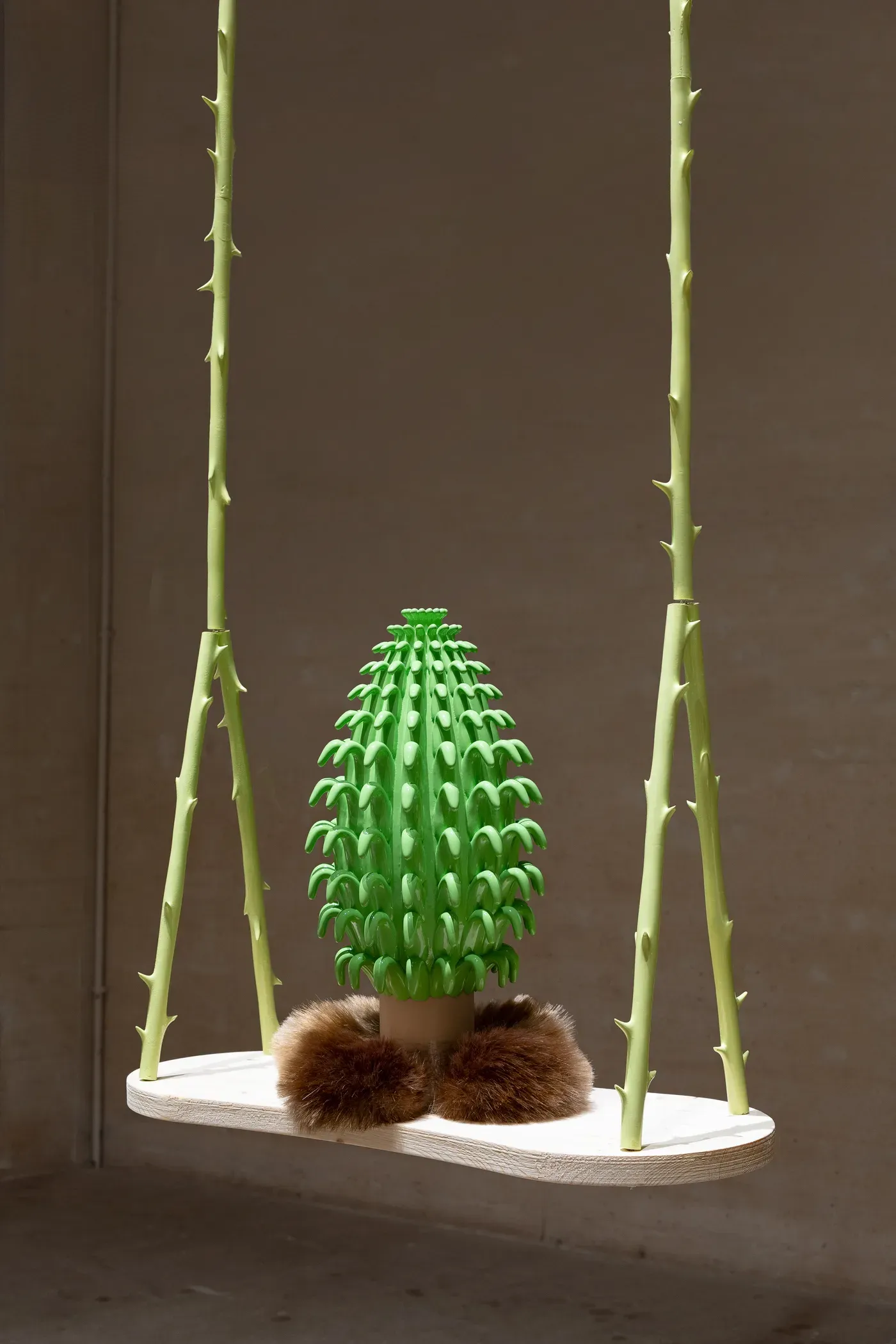
The rise of figurative ceramics has broadened its appeal, leading to inclusion in exhibitions, museums, and international art spaces, enriching artistic discourse.

Work with us - Catapult - The New Munchies Art Club
Embracing figurative ceramics signals a shift away from traditional artistic hierarchies, fostering exploration and appreciation.
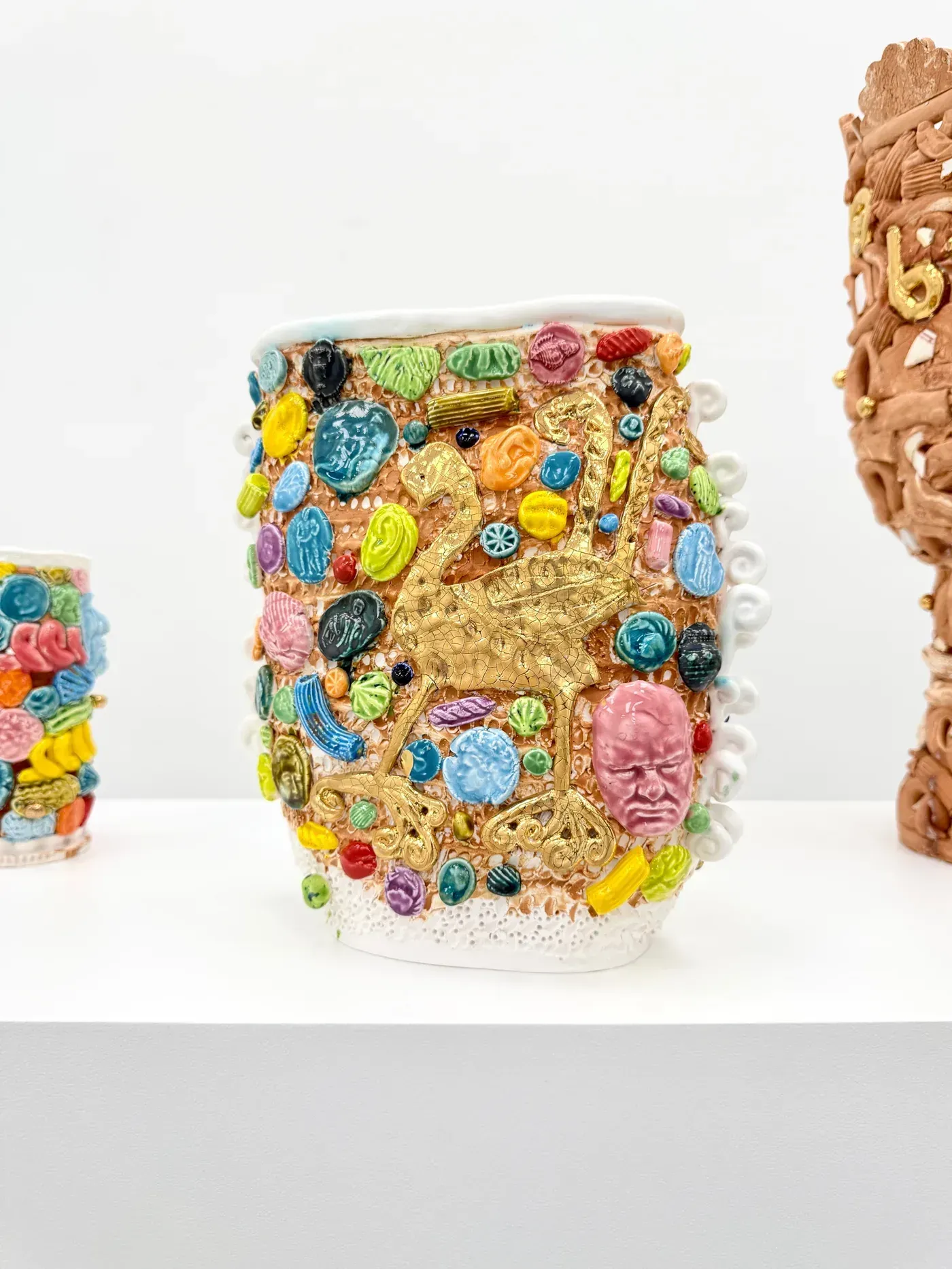
Recently, our open call for ceramic artists on Instagram expanded our exploration of contemporary ceramics, unveiling a diverse spectrum of talent
Cesc Abad, Onka Allmayer-Beck, Emily Counts, Cristina Fiorenza, George Gerontides, Isabell Kamp, Mira Makai, Warre Mulder, Katie Stone, Austyn Taylor, Jeanne Verdoux and Jonathan Voleppe.
12 Artists Exploring New Approaches to Ceramics in Contemporary Art
Discovering Human Nature: The Ceramics of Cesc Abad
Influenced by Greek ceramics, Cesc Abad's works delve into the intricacies of daily life, from desire to passion.


Cesc Abad | The Divine | Clay | 120 x 50 cm | Image credit the artist Cesc Abad | HOMBRE MISTICO | Clay | 72 x 25 x 20 cm | Image credit the artist
Much like the Sumerian bas-reliefs, his narratives unfold in various directions, offering viewers diverse interpretations.
Seated figures and animals evoke a storytelling tradition akin to ancient art forms, enriching each piece with layers of meaning.
Organic Statements: Onka Allmayer-Beck's Ceramic Art
Allmayer-Beck handcrafts ceramics, emphasizing functionality alongside explorations of form.


Onka Allmayer-Beck | “177” | 2022 | Image courtesy the artistOnka Allmayer-Beck | „92“ | 2019 | Photo credit Matthias Aschauer
Her pieces exude organic charm, frozen in dynamic motion, each a bold "statement piece."
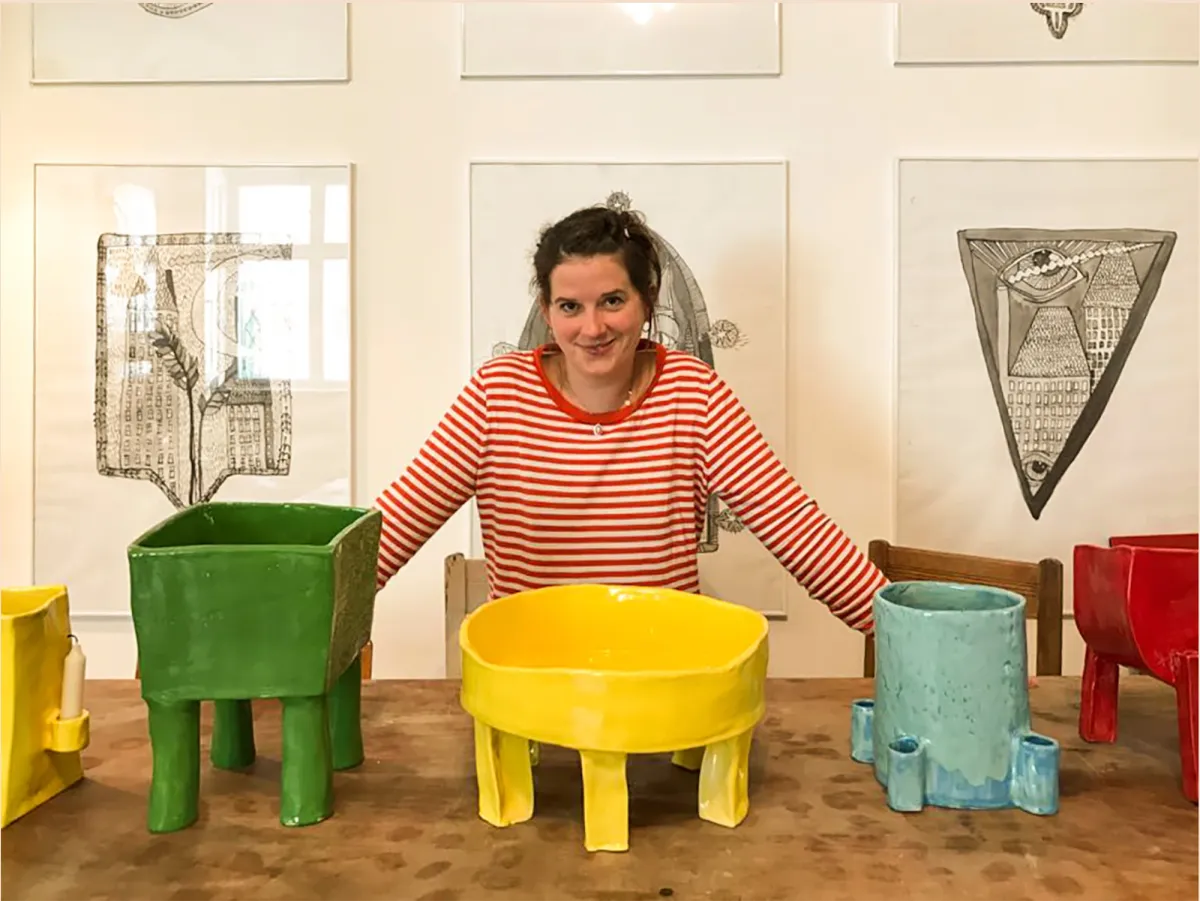
Read more about Onka Allmayer Beck on Munchies Art Club -> Read more
Fascinated by ceramics' natural versatility, she embraces its unpredictability, finding joy in the kiln's unveiling
Sculpting Connections: The Artistry of Emily Counts
Emily Counts crafts ceramic and mixed media sculptures, exploring connectivity, identity, memory, and nature.
Her work merges the past with the futuristic, often incorporating electricity and illumination.


Emily Counts | Ghost Power Suit | 2021 | Glazed stoneware with gold luster, glass, electrical components and lighting | 16 x 11 x 4 inches | Image credit the artist -> Emily Counts | Gathered Treasure | 2021 | Glazed stoneware with gold luster | Dimensions variable | Image credit the artist
Rooted in abstraction and geometry, Counts' sculptures feature representational imagery like human anatomy, plant life, and everyday objects. References to toys, games, and playgrounds evoke playfulness and nostalgia.
Recent works focus on figuration and nature, serving as self-portraits intertwined with memories of loved ones.
Through her art, Counts examines the nuances of memory, aging, and identity, portraying these themes through depictions of bodies and attire.
Cristina Fiorenza: Bridging Architecture, Art, and Ceramics
Fiorenza, an architect, artist, and ceramist, draws inspiration from Naples and Vienna.

Her ceramics, echoing coastal erosion, blur the line between sculpture and functional vessel.
Experimenting with enamel, she creates surfaces reminiscent of lava stones, embodying metamorphosis.

Fiorenza's work defies convention, exploring new expressive realms within ceramic tradition.
Giorgos Gerontides: Exploring Museums and History through Art
Born in Athens in 1987, Giorgos Gerontides is a Cypriot visual artist currently based in Greece.

He studied at the School of Fine and Applied Arts in Thessaloniki and at ERSEP Plastic Arts School of Fine Arts in Lille, France. Gerontides is represented by Athanasiadou Gallery in Thessaloniki and Paros island.
His work, featured in exhibitions like "Coffins Of Black Coffins Of Luck" at ILENA TOUNTA Gallery and "THE EQUILIBRISTS" at the Benaki Museum, delves into how museums shape history and knowledge accumulation.

Through archaeological and scientific methods, Gerontides challenges objective views of the world, blending them with fictional narratives.
Isabell Kamp: Exploring Interpersonal Dynamics Through Art
My work serves as a theoretical exploration of communicational structures within interpersonal relationships.
Through a focus on human appearance and body language, I provoke questions, ideas, and perceptions.


Chance | 2020 | Ceramic | ca. H37 x W35 x D23 cm | Image courtesy Isabell KampTouchable | 2021 | Ceramic, Fake Fur | ca. H123 x W68 x D13 cm | Image courtesy Isabell Kamp
Central to my artistic pursuit is the quest to visually represent emotional and mental states. I construct experimental arrangements based on subjective theories of human interaction.
Since 2012, I've worked extensively with ceramics, often incorporating materials like wood, metal, strings, and fabric.
The fragility inherent in these materials symbolizes the delicate nature of human existence—a profound reflection on the psyche and physiology of individuals as they navigate pivotal moments.
Mira Makai: Navigating the World of Figural Ceramics
In her recent work, Mira Makai constructs an imaginary universe of figural sculptures, exploring their relationships with joy and curiosity.

Each piece is a playful fusion of sculptural and painterly elements, inviting surprising discoveries.
Opening the kiln reveals the vibrant colors and unique qualities of her creations, a blend of combat and joy in shaping and controlling the material.
Makai's aim is to spark shared memories, delighting in viewers' connections to familiar childhood experiences.
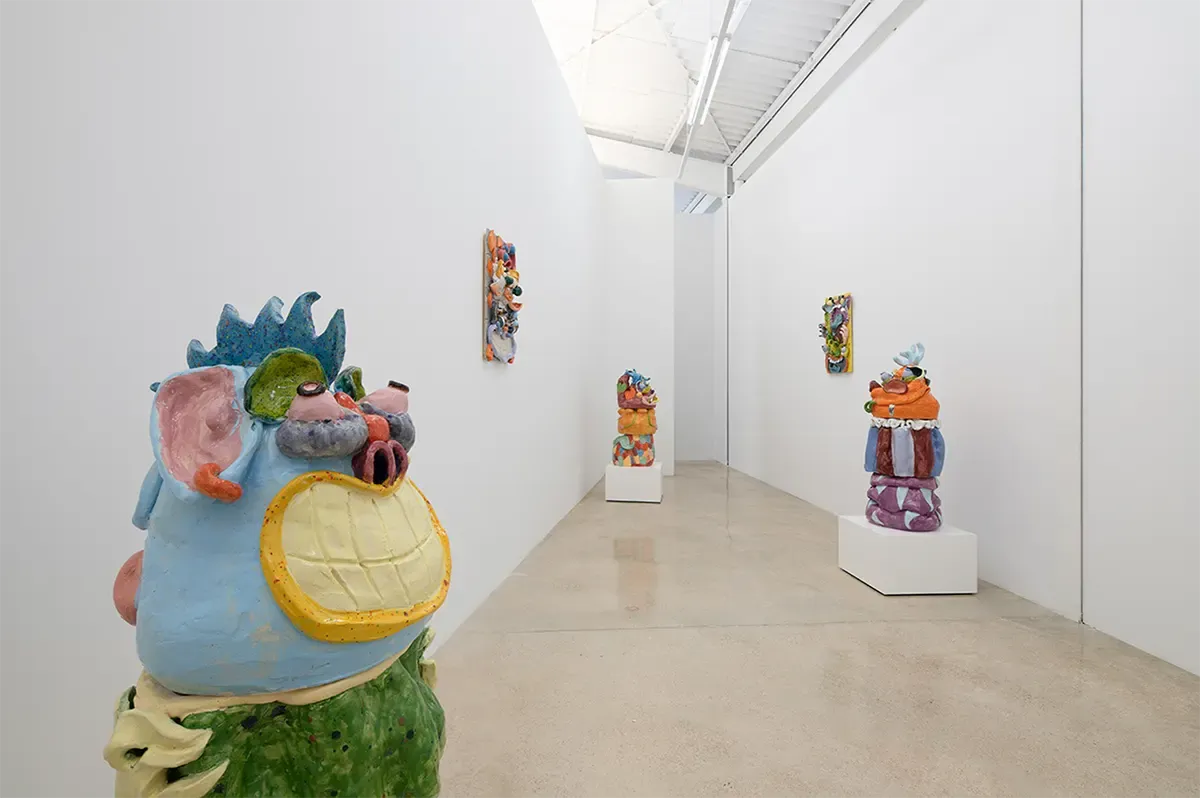
Mira Makai on Munchies Art Club -> Read more ...
She values ceramics' traditional greatness and seriousness, finding fulfillment in connecting with others through her art.
She is represented by L21 Gallery and Galerie Droste. Her works can be seen in Esterhazy Private Collection and the Janus Pannonius Museum’s ceramic collection.
Belgian Artist Warre Mulder Conjures Whimsical Creatures with Soulful Sculptures
Warre Mulder (Belgium, °1984) ingeniously merges form and technique in his sculptures.
By blending ceramic, wood, and synthetic materials, he conjures colorful creatures that seem plucked from the realm of the absurd.


Warre Mulder | King Over Nature | 2021 | 138 x 47 x 47 cm (with base) | Ceramic, paint, Base: painted wood | Courtesy Whitehouse Gallery ->Warre Mulder | Canned energy freedom wizard 2020 | 160 x 54 x 54 cm (with base) | Ceramic, paint, Base: painted wood | Courtesy Whitehouse Gallery
In his pursuit of imbuing his sculptures with a soul, Mulder draws inspiration from a wide array of sculptural traditions.
He blurs the lines between religious iconography and the whimsical universe of children's toys, seeking to infuse each creation with vitality and depth.
Katie Stone: Exploring Gender and Coming of Age in Y2K Structures
In our society, economic systems often exploit the vulnerability associated with femininity.

I employ the subversive nuances of "cute" throughout my narratives to challenge these systems, addressing past and present inequalities. My intention is to clothe concerns of equity and equality with a deliberate feminine politeness.

My sculptures serve as narratives, capturing the essence of coming of age within the contemporary landscape of the Y2K era.
Through the unique perspective of a non-binary individual, I delve into the complexities of gender dynamics.
Austyn Taylor: Exploring Art and Philosophy
In her artistic practice, Taylor draws inspiration from animation, modern art, and animist folk art.
Her work revolves around the themes of cognitive dissonance and hope.

Her pieces invite viewers to contemplate their own predicaments as they encounter the cheerful yet lifeless sculptures.
Although all animative possibilities of clay have been vitrified out of them, Taylor's sculptures stand as poignant reminders of lost freedom, existing as vivid memories frozen in time.

Jeanne Verdoux: Exploring Female Identity Through Art
A French mixed media artist, Jeanne Verdoux specializes in drawing, printmaking, and ceramics. Her work has received acclaim and been featured in international exhibitions and publications.


Her project, 'Female vaisselle,' delves into the female figure's connection to life experiences through ceramics and drawings.
Inspired by personal encounters and ancient art, her sculptures, like 'Head in the sand cup' and 'Gold Milk,' serve as functional vessels with personal narratives, forming a diverse collection reflecting human diversity.
Jeanne Verdoux On Instagram for more insights and upcoming projects.
Jonathan Voleppe: Exploring Artistic Freedom and Intuition
Initially trained in sculpture, Voleppe's artistic journey shifted towards ceramics, discovering its expressive potential through teaching and diverse interactions.


Jonathan Voleppe | Wolves series
His swift execution of small pieces, like the "Wolves series," integrates personal mythologies and totemic animals, embodying intuitive narratives.
The series captures the dynamic essence of wolves with spontaneous gestures and expressive forms, reflecting Voleppe's exploration of personal and intimate realms.
As ceramics undergo transformative firing, Voleppe finds liberation as his creations transcend his control, symbolizing the essence of artistic freedom.
Work with us :

Collaborate with us as an artist
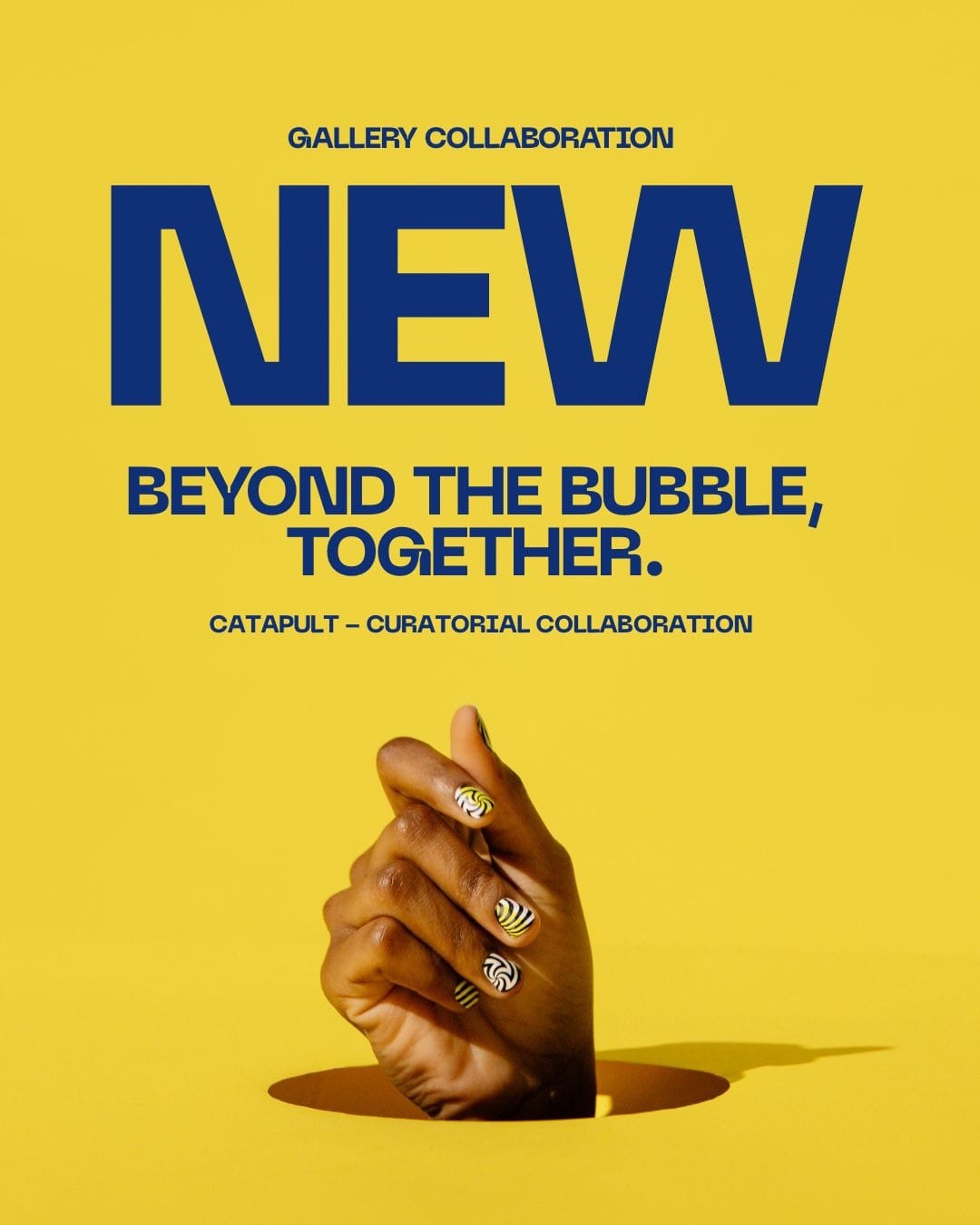
Work with us as a gallery
More new artists working in ceramics:
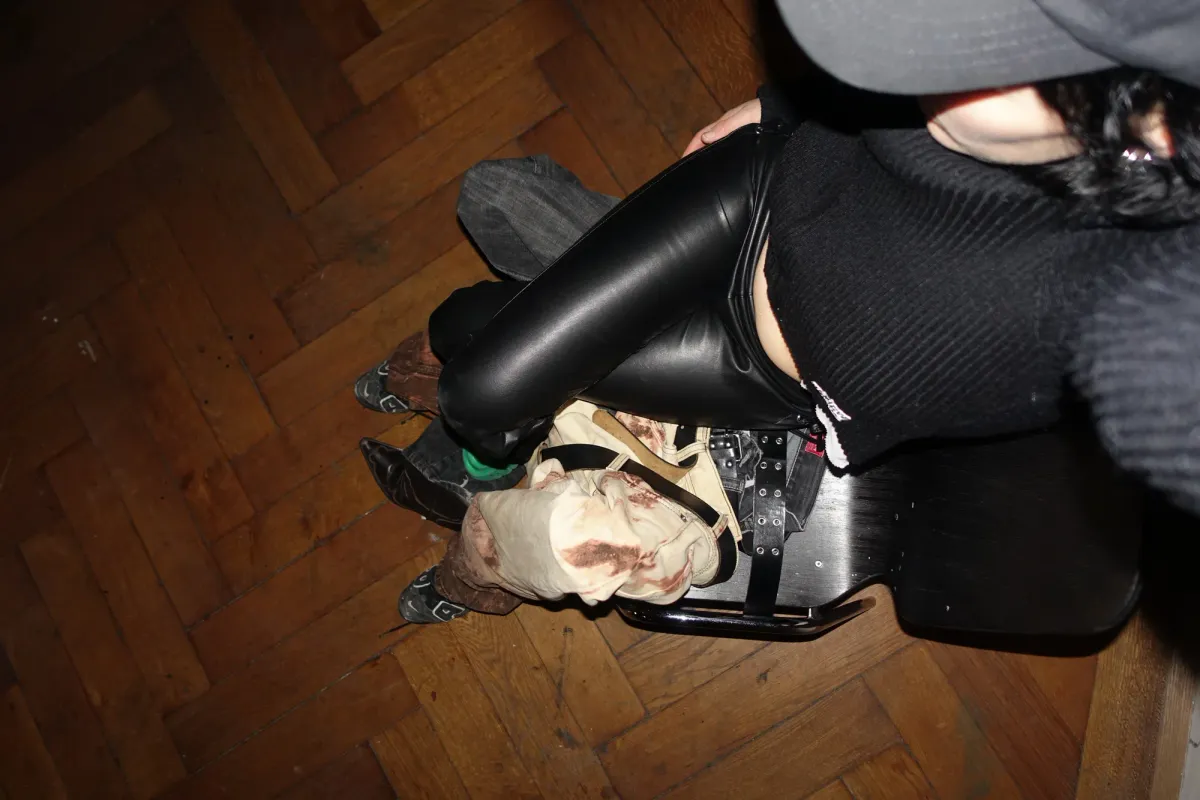
Ju Aichinger
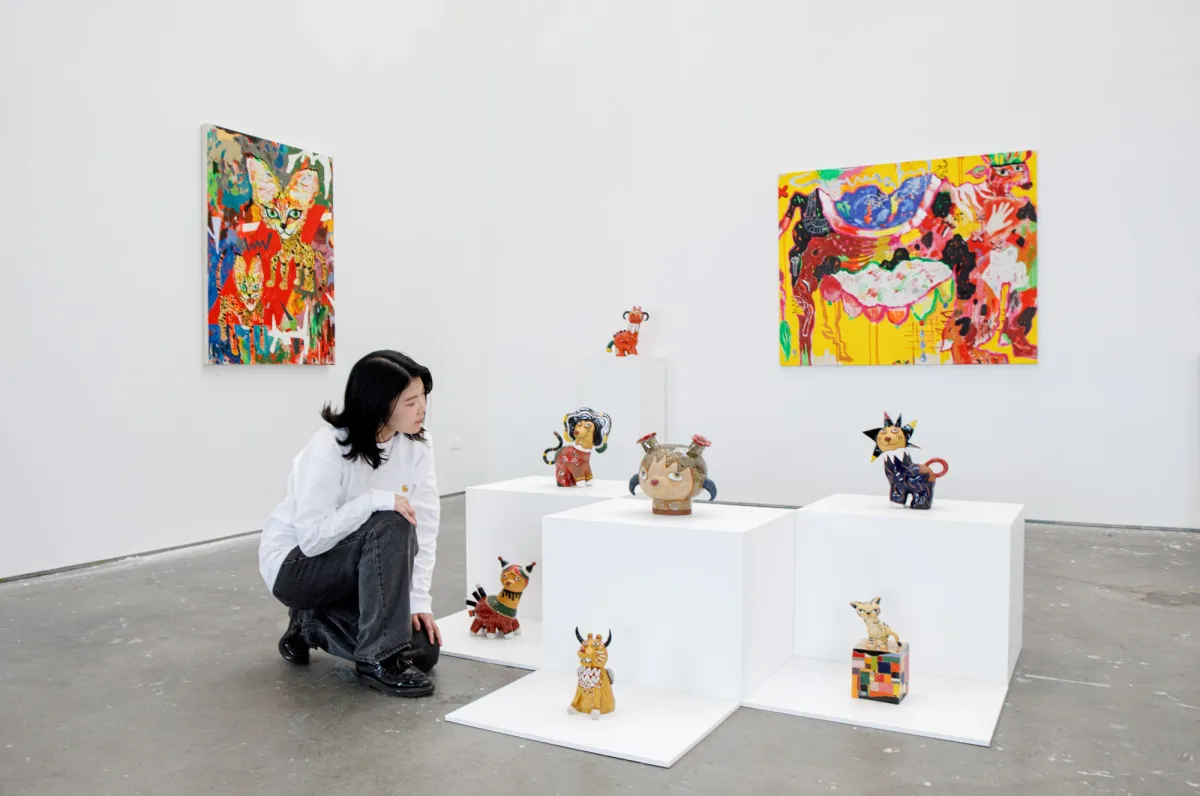
Satoko Okuno
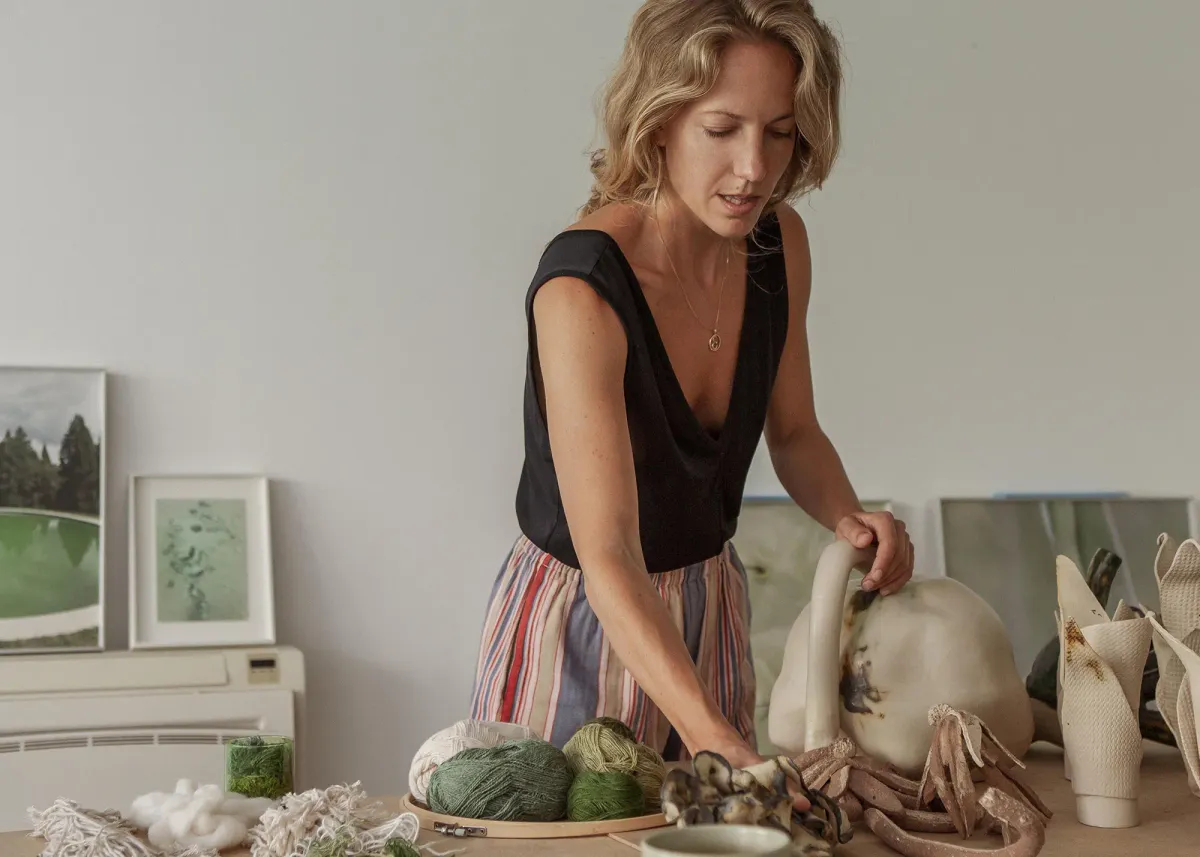
Evy Jokhova
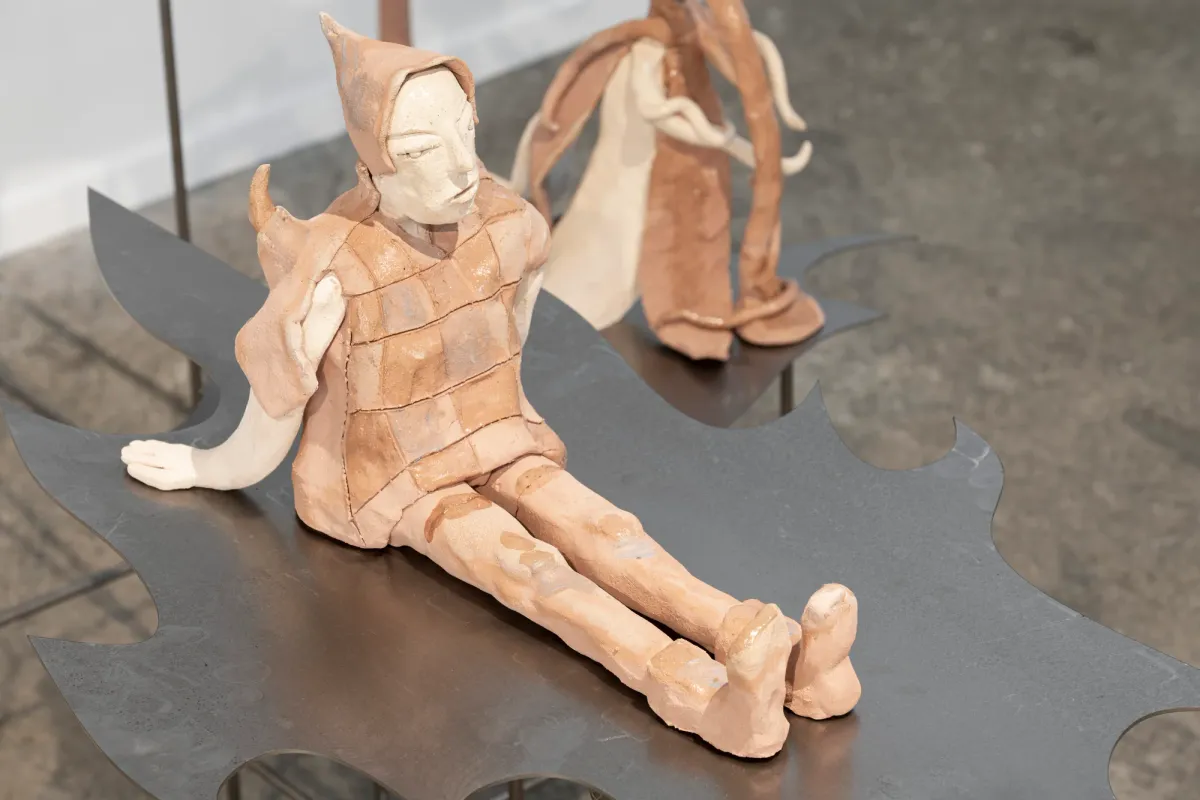
Anna Bochkova

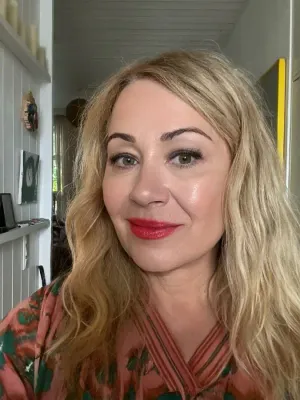
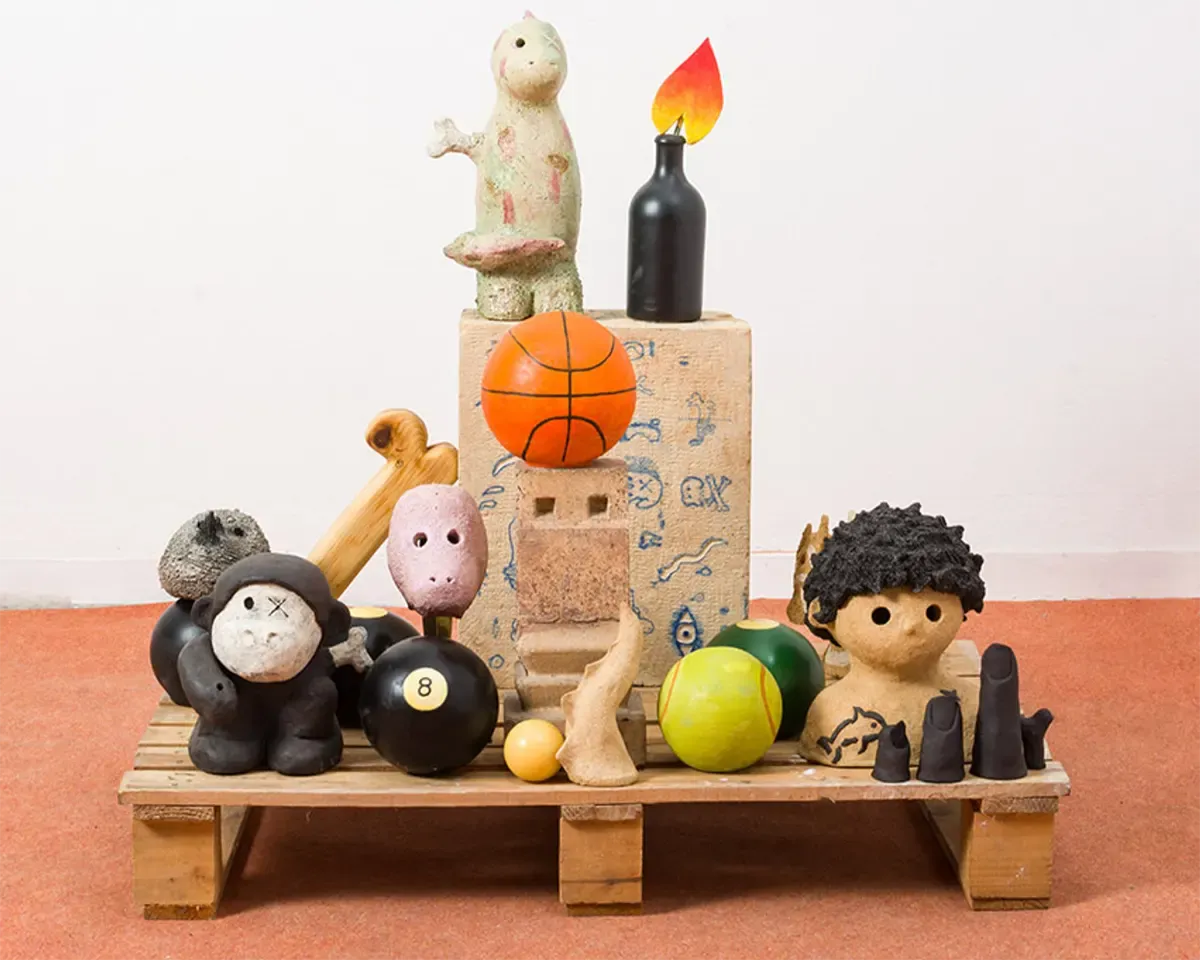







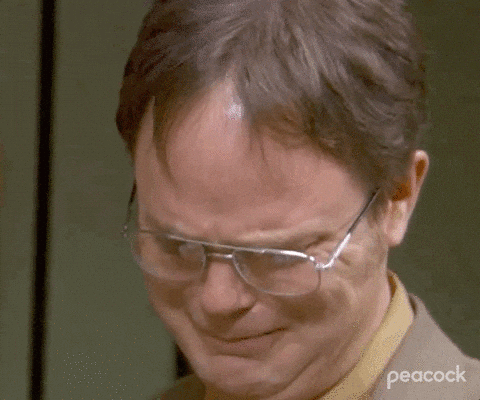
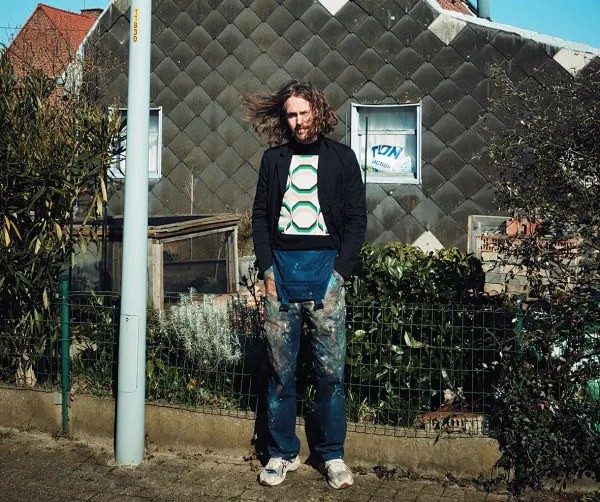
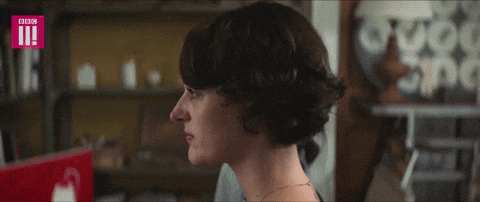
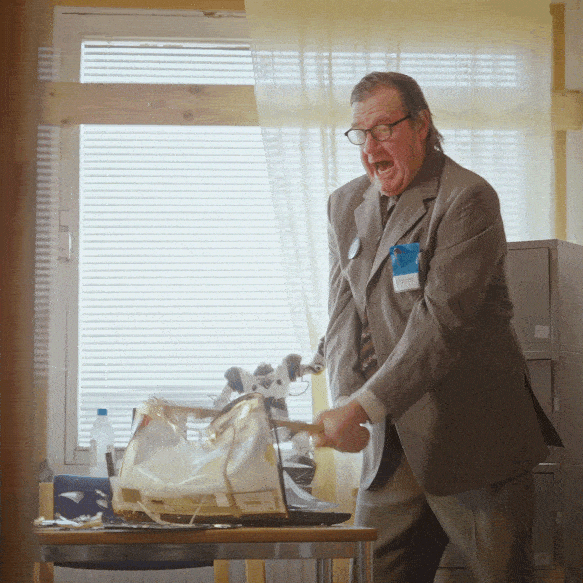
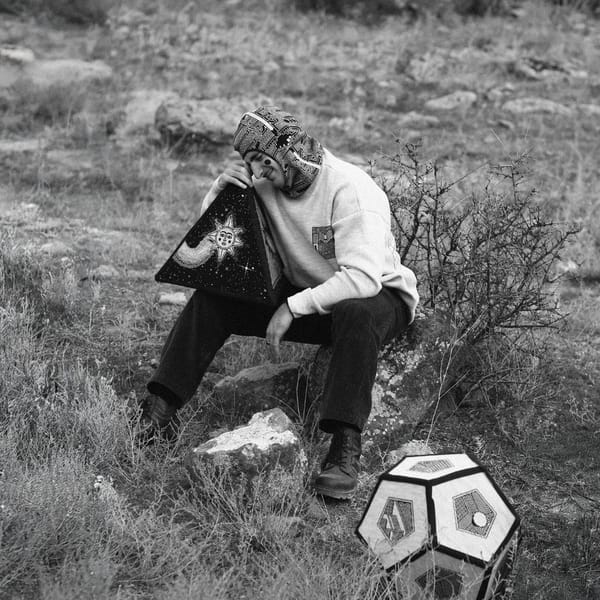
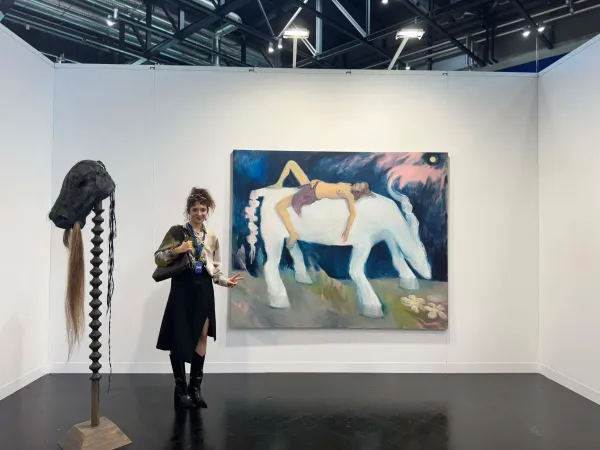
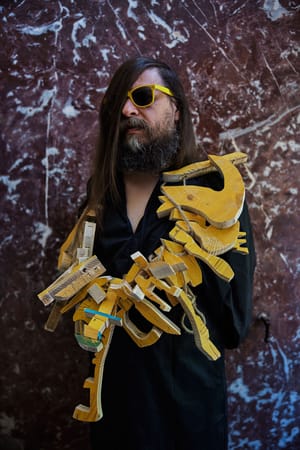
Member discussion